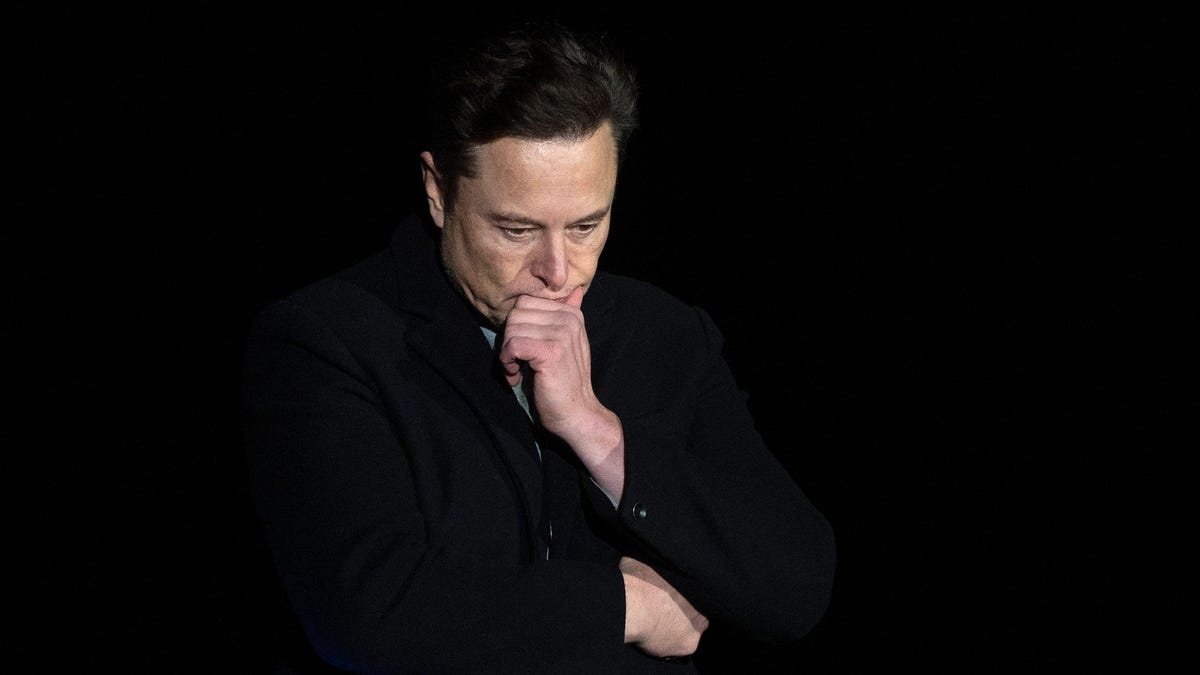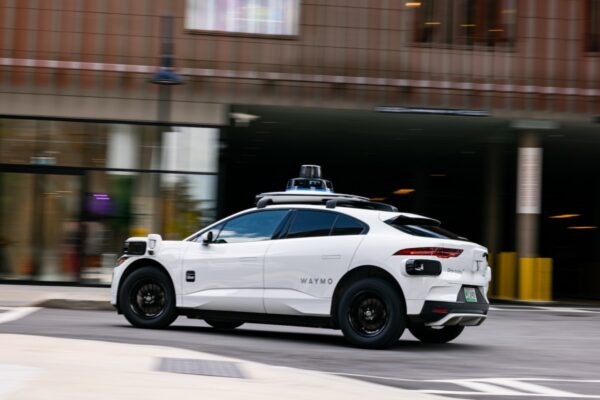Tesla Delivery Pace Drops In Second Quarter On China Slowdown
Tesla’s billionaire CEO Elon Musk had anticipated more robust deliveries at the start of the second quarter.
AFP via Getty Images Tesla’s deliveries of new battery-powered cars and crossovers cooled down in the second quarter from the year’s first three months as a prolonged slowdown of production in China due to strict Covid-related protocols lasted longer than CEO Elon Musk anticipated and as the company worked through startup headaches at new plants in Germany and Texas.
The Austin-based carmaker said it delivered 254,695 vehicles to customers worldwide in the three months that ended on June 30, up 26% from a year ago but down 18% from a record 310,048 in the first quarter. The figure was also below an expected 258,000 deliveries, the average of analysts surveyed by Forbes.
In its quarterly release, Tesla cited “ongoing supply chain challenges and factory shutdowns beyond our control.”
Tesla Inc.
“While the year started out with 1.5 million to 1.6 million units as the bogey for 2022 deliveries (with a stretch goal of 1.7 million), now the whisper bogey is closer to 1.4 million for the year given the China issues coupled with global supply chain issues,” Wedbush analyst Dan Ives said in a research note. He said the latest quarterly delivery figures “were ugly and nothing to write home about.”
The slowdown in China, Tesla’s most profitable market, comes after a period of relative stability in terms of profit and production growth for Elon Musk’s EV powerhouse. Along with a slower pace of deliveries the quarter also brought Tesla’s first large-scale job cuts that Musk, who expects the U.S. economy to fall into recession, said will affect about 3.5% of employees worldwide. This week those firings included the elimination of about 200 jobs for people working with Tesla’s Autopilot team in San Mateo, California. Musk also recently complained about tough startup conditions at the new Berlin and Austin Gigafactories that are costing the company “billions.”
“Both Berlin and Austin factories are gigantic money furnaces right now,” Musk said in a May 31 interview with fans from Tesla Owners Silicon Valley. “Berlin and Austin are losing billions of dollars right now because there’s a ton of expense and hardly any output.”
Analysts and investors are now focused on the second half and expecting an improvement in deliveries of up to 50%, according to Ives.
“The elephant in the room for Tesla (and the broader market) is with dark economic storm clouds on the horizon and Musk himself thinking recession risk is imminent, what does this mean for Tesla’s demand story going forward?” he said. “While the softer macro will clearly impact demand around the edges in the coming quarters, we believe Tesla has ample demand capacity to hit ~2 million units in 2023 globally with production capacity that can exceed this number when factoring in Austin and Berlin to a normalized China production target.”
Tesla Model Y and Model 3 electric vehicles wait to be loaded at Nangang port in Shanghai, China.
VCG via Getty Images Musk was far more upbeat in the company’s first-quarter results call on April 20, initially anticipating that the current three-month period could see deliveries remain similarly robust.
“Notwithstanding new issues that arise, I think we will see a record output per week from Giga Shanghai this quarter, albeit we are missing a couple of weeks,” the billionaire entrepreneur told analysts and investors on April 20. “Most likely vehicle production in Q2 will be similar to Q1, maybe slightly lower. But it’s also possible we may pull a rabbit out of the hat and be slightly higher.”
Production for the just-concluded quarter totaled 258,580, up from 206,421 a year ago but down 15% from the previous’s quarter record 305,407.
Unlike other automakers which book vehicle sales as soon as they are shipped from factories to dealers, Tesla doesn’t record its models as sold until they are delivered to customers. The Model 3 and Model Y accounted for the lion’s share of Tesla’s deliveries in the quarter, totaling a combined 238,533 units. The high-end Model S sedan and Model X crossover, which cost more than $100,000 each, posted combined deliveries of 16,162.
The company will report its financial results for the quarter later this month.
Tesla shares rose 1.2% to close at $681.79 in Nasdaq trading on Friday, after dropping 38% in the second quarter.












 Bitcoin
Bitcoin  Ethereum
Ethereum  Tether
Tether  XRP
XRP  USDC
USDC  TRON
TRON  Lido Staked Ether
Lido Staked Ether  Dogecoin
Dogecoin  Cardano
Cardano